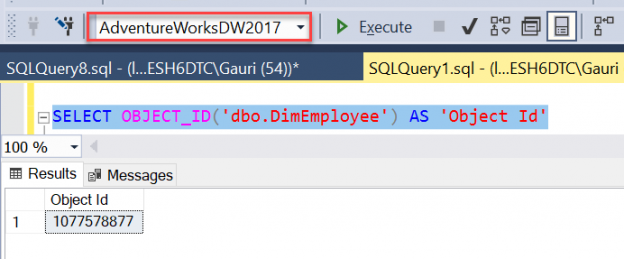
A complete guide to T-SQL Metadata Functions in SQL Server
July 30, 2019In this article, we will demonstrate T-SQL metadata functions available in the SQL Server.

In this article, we will demonstrate T-SQL metadata functions available in the SQL Server.
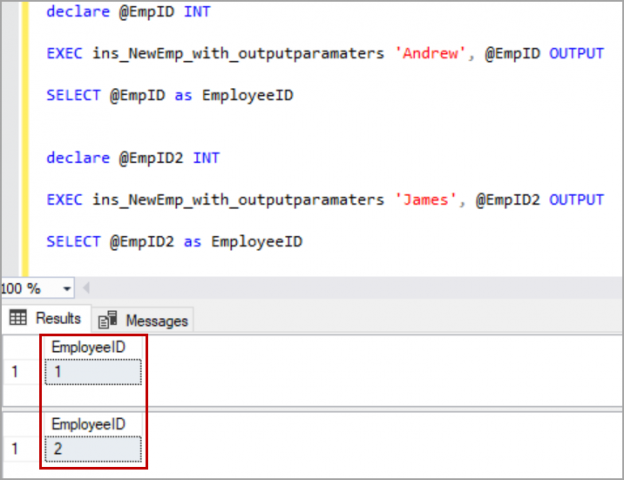
In this article, we will learn how to create stored procedures in SQL Server with different examples.
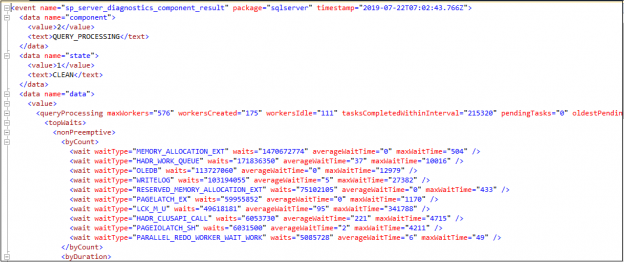
This article gives an overview of the Max Worker Threads for the SQL Server Always On Availability Group databases.
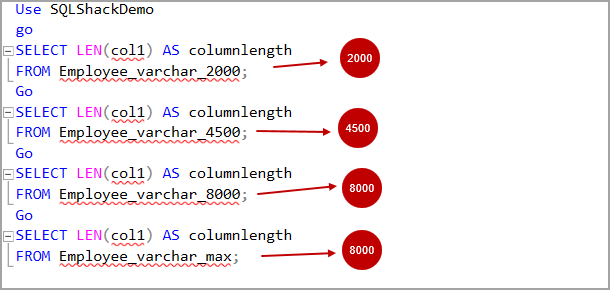
I have seen that SQL developers use varchar(max) data while designing the tables or temporary tables. We might not be sure about the data length, or we want to eliminate the string or binary truncation error.
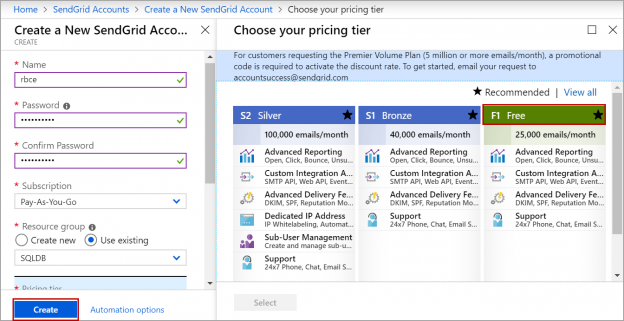
In this article, we will review how to configure email notifications in the Azure SQL single database or elastic pool.

This article explores the SQL Server Transaction log backups and log sequence number (LSN) in combination with the Full backups.
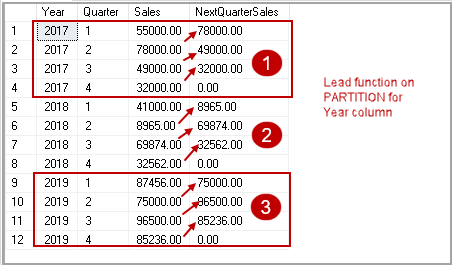
This article explores the SQL Server Lead function and its usage with various examples.
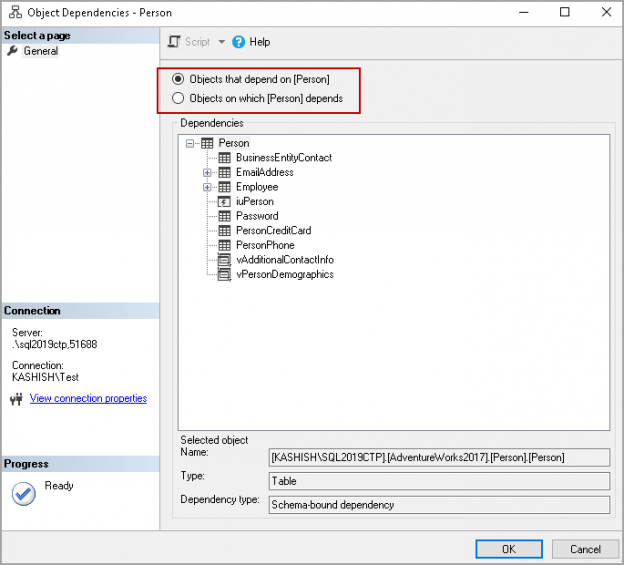
This article gives an overview of the SQL DROP TABLE statement to remove one or more tables from a database.
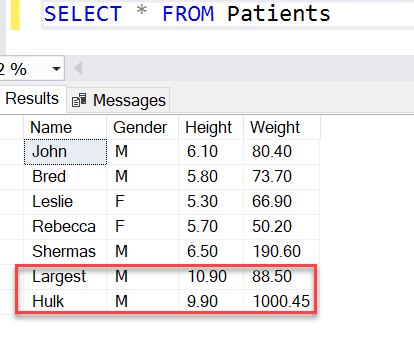
This article aims to walk you through the SQL Decimal data type and its usage with various examples. We will also see how we can exercise this data type in SQL Server to help make SQL developer’s job easier.

Introduction In-memory technologies are one of the greatest ways to improve performance and combat contention in computing today. By removing disk-based storage and the challenge of copying data in and out of memory, query speeds in SQL Server can be improved by orders of magnitude.
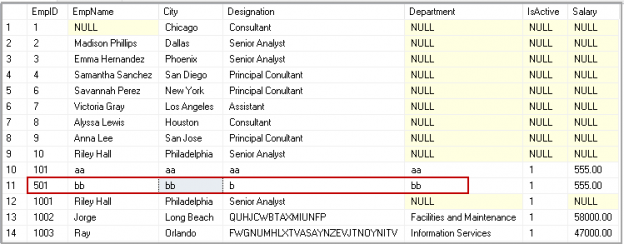
We get the requirement to remove the data from the relational SQL table. We can use both SQL Delete and SQL Truncate statement to delete the data. Understanding differences between these commands helps SQL developers to handle their data well. Additionally, this is a very common question asked in SQL beginner’s interviews.

In this article, we will review how to configure the sync group to replicate data between Azure SQL databases using Azure SQL Data Sync.

We perform calculations on data using various aggregated functions such as Max, Min, and AVG. We get a single output row using these functions. SQL Sever provides SQL RANK functions to specify rank for individual fields as per the categorizations. It returns an aggregated value for each participating row. SQL RANK functions also knows as […]
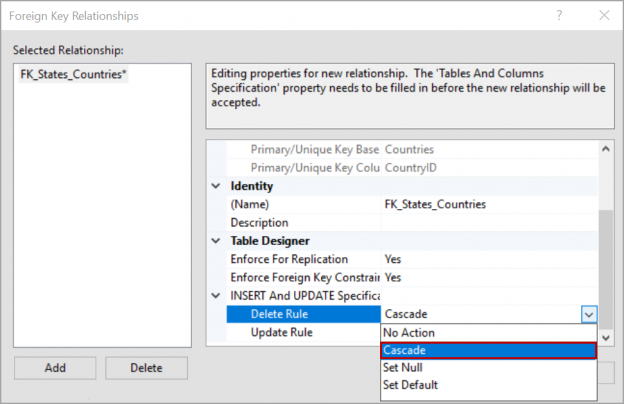
In this article, we will review on DELETE CASCADE AND UPDATE CASCADE rules in SQL Server foreign key with different examples.
This one-stop SQL page is a complete tutorial for both beginners and advanced SQL users to help them learn and enhance their SQL Server skills. SQL Server Basics This is an index of links that organize and catalog basic topics in SQL Server like a particular operation or data type. The topic categories include DDL […]

Index strategies overview This article is about techniques for optimizing the SQL Server indexes strategy. It is an appendix of the SQL index overview and strategy article in which I covered different areas like what indexes actually do, how to create them, and I briefly mentioned some index design guidelines. Furthermore, I also presented an […]
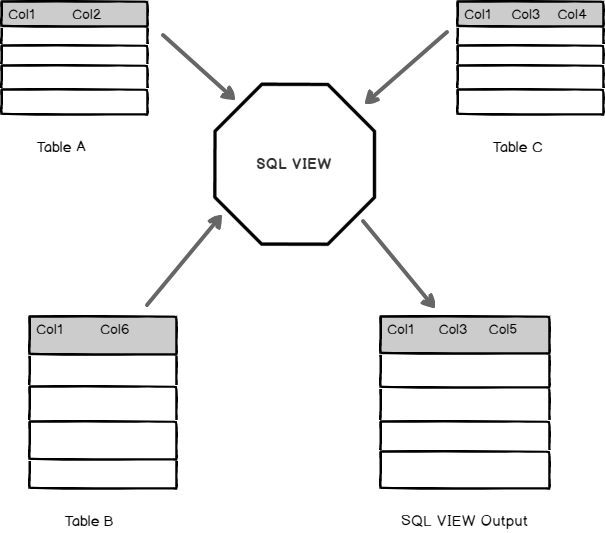
In relational databases, data is structured using various database objects like tables, stored procedure, views, clusters etc. This article aims to walk you through ‘SQL VIEW’ – one of the widely-used database objects in SQL Server.
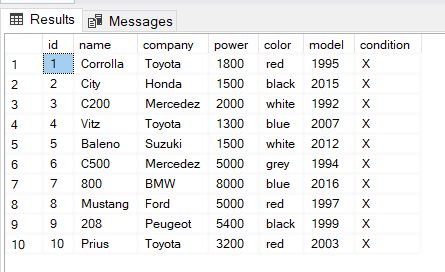
SQL Server CASE statement is equivalent to the IF-THEN statement in Excel.

In this page, we will explore the useful Data Manipulation Language (DML) commands such as Insert, Update along with examples. Add Column SQL Add Column operations Aggregate Functions How to use Window functions in SQL Server ALL AND ANY SQL Server universal comparison quantified predicates (ANY, ALL, SOME) Approx_Count_Distinct The new SQL Server 2019 function […]
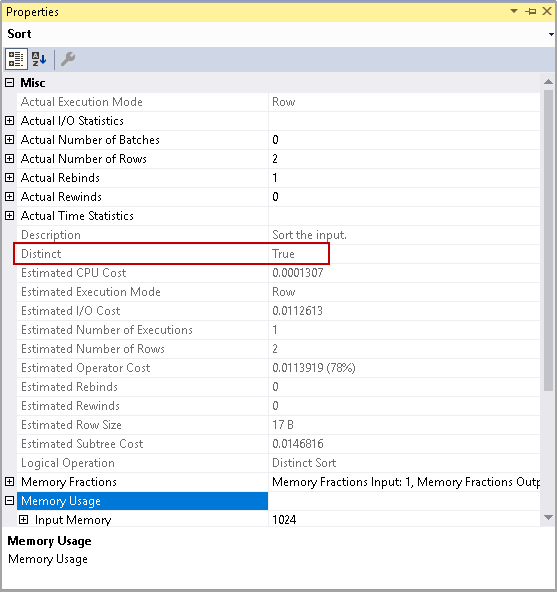
This article explores SQL Count Distinct operator for eliminating the duplicate rows in the result set.
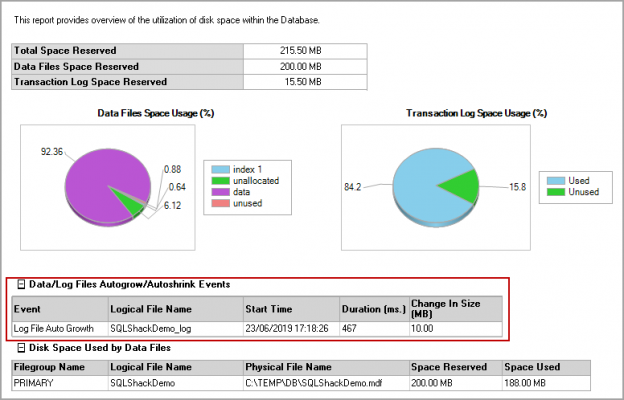
It is essential for the DBA to need to ensure the SQL Server database performance. Performance tuning is an open-ended task, and you need to ensure the monitoring of various database parameters.
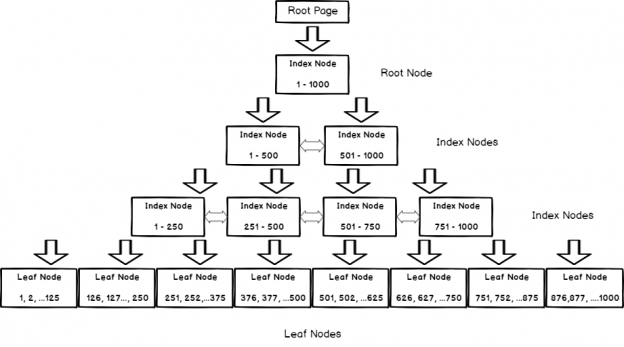
Summary There are few topics so widely misunderstood and that generates such frequent bad advice as that of the decision of how to index a table. Specifically, the decision to use a heap over a clustered index is one where misinformation spreads quite frequently.

Organizations are generating and analyzing unmatched volumes of data with each passing minute. In this article, we will demonstrate how we can employ SQL Inner Join to query and access data from multiple tables that store this incessantly growing data in the SQL databases.

In this article, we will review on EXEC SQL statement in SQL Server and explore a few examples.
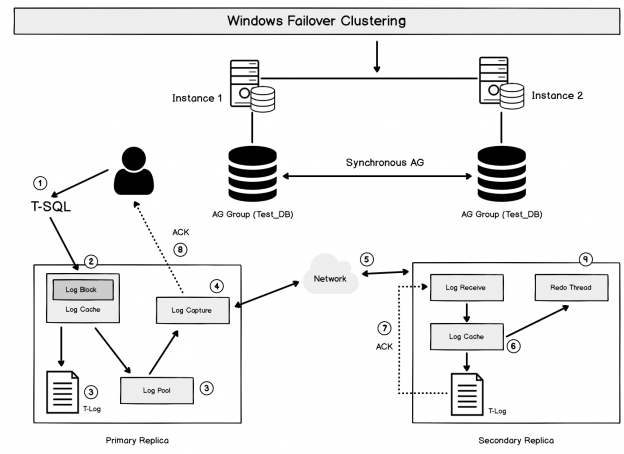
In my previous article, Data synchronization in SQL Server Always On Availability Groups, we explored the internal data synchronization for both Asynchronous and Synchronous data commit mode. In the following image, on the secondary replica, we can see two important processes.
© Quest Software Inc. ALL RIGHTS RESERVED. | GDPR | Terms of Use | Privacy